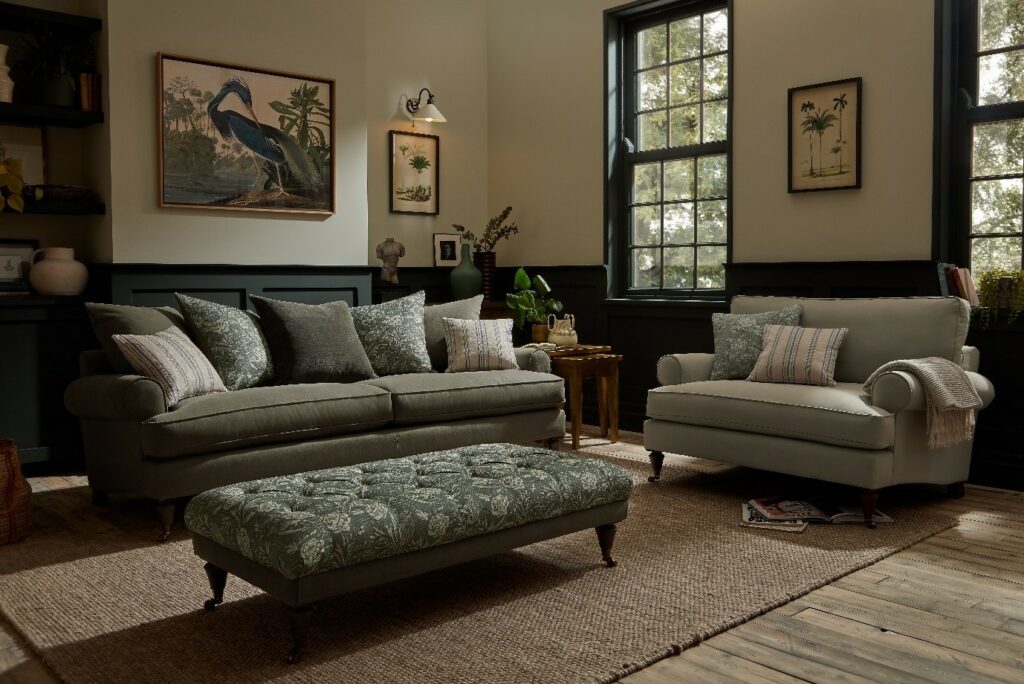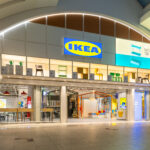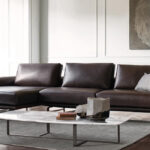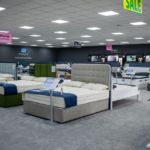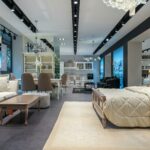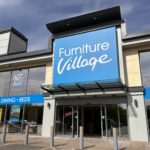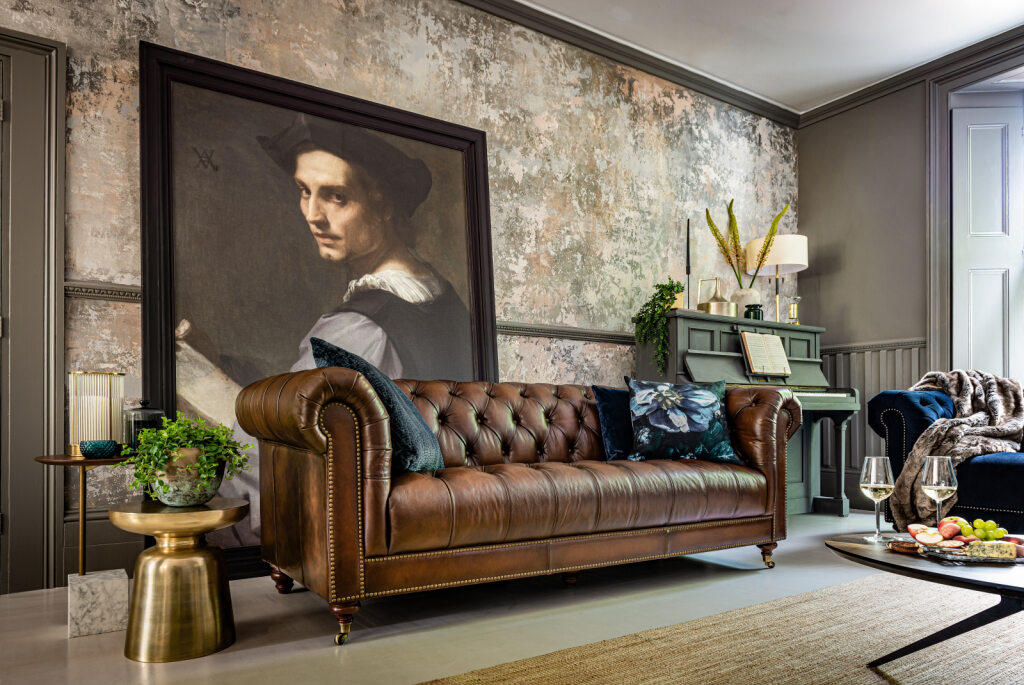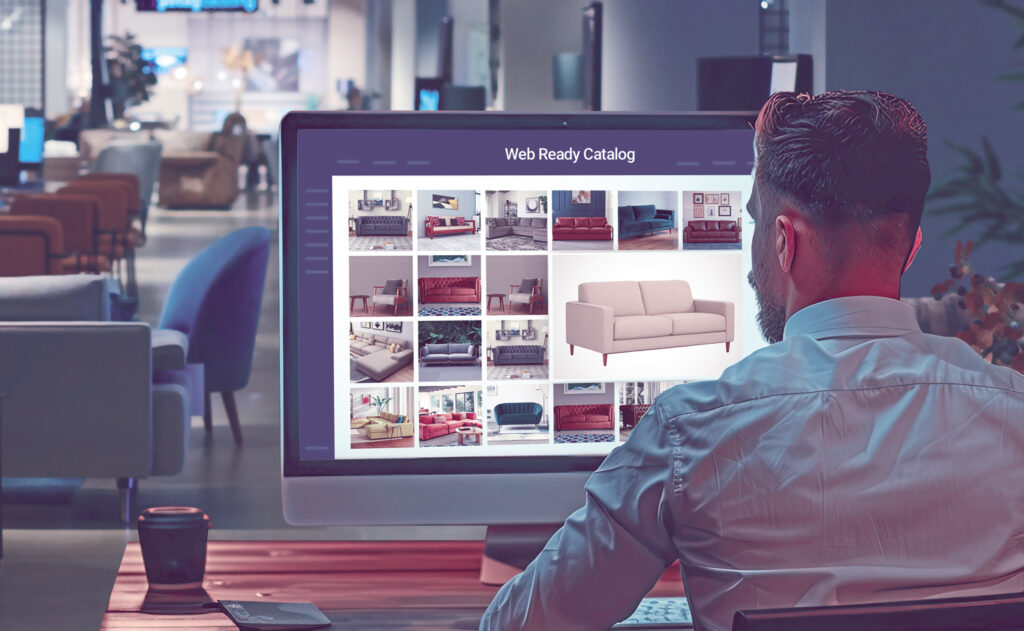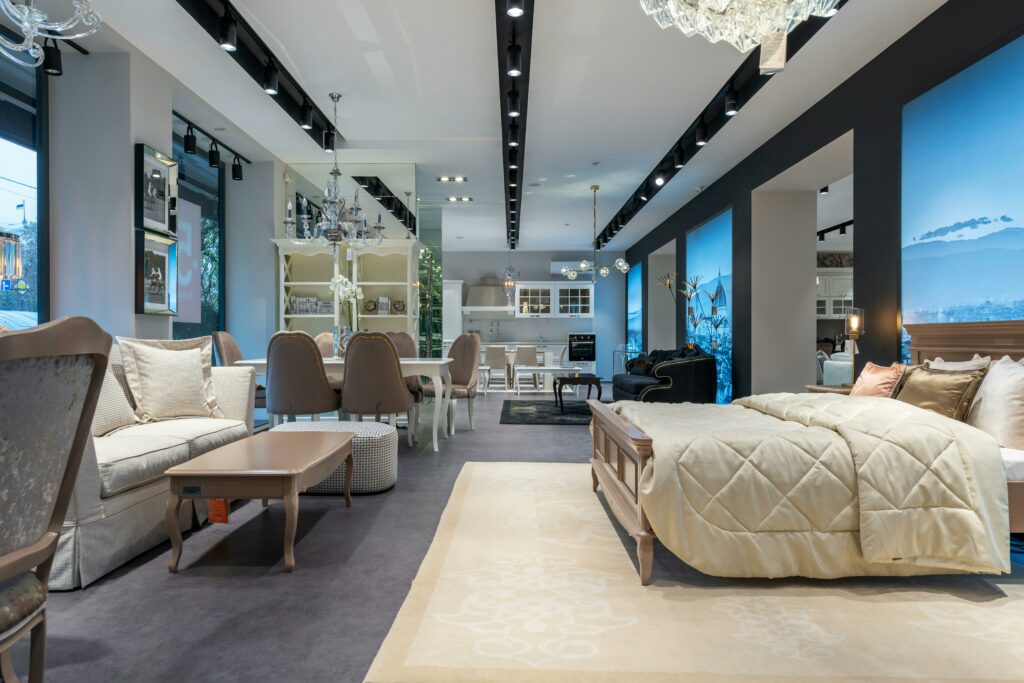Will Lack, Prodoto Managing Director, debates the differences between photography and CGI, asking the question, which production method is best for your brand?

Brands face a significant choice when producing images; photograph their products in a built room set or create a digital environment to generate the images instead. There are advantages to both methods despite a trend towards digital solutions in recent years. Prodoto Photographic Studios Managing Director of 18 years, Will Lack, has worked with both production methods to help furniture brands such as The Branded Furniture Company, Duresta, and SCS, promote their products.
Based in Yorkshire’s Calder Valley between Manchester and Leeds, Prodoto’s in-house set build team are experts at creating bespoke backdrops. Hundreds of sets have been created from Prodoto’s workshop and constructed in their large studio space. With a prop library, network of stylists, and expert photographers, each build has led to authentic images that connect brands with customers.
For some of Prodoto’s clients, they prefer the CGI route. Will’s team of specialist 3D modelers use their skills in lighting and texture to create believable lifestyle environments using a photographer’s eye.
With Prodoto offering both options, Will explores the merits of the two styles for brands looking to produce captivating images.
The case for a photography set
I’ve seen lots of different sets built over the years, and there’s something special about seeing the final images knowing everything was built from scratch. A tangible set in a studio brings a sense of drama and scale to image production.
Talented individuals are involved in a set – the builders who can often be the forgotten heroes, the stylists who bring the scene to life, and the photographers who take those all-important shots. This production style may seem old school, but it brings benefits to the process as well as captivating end results when done well.
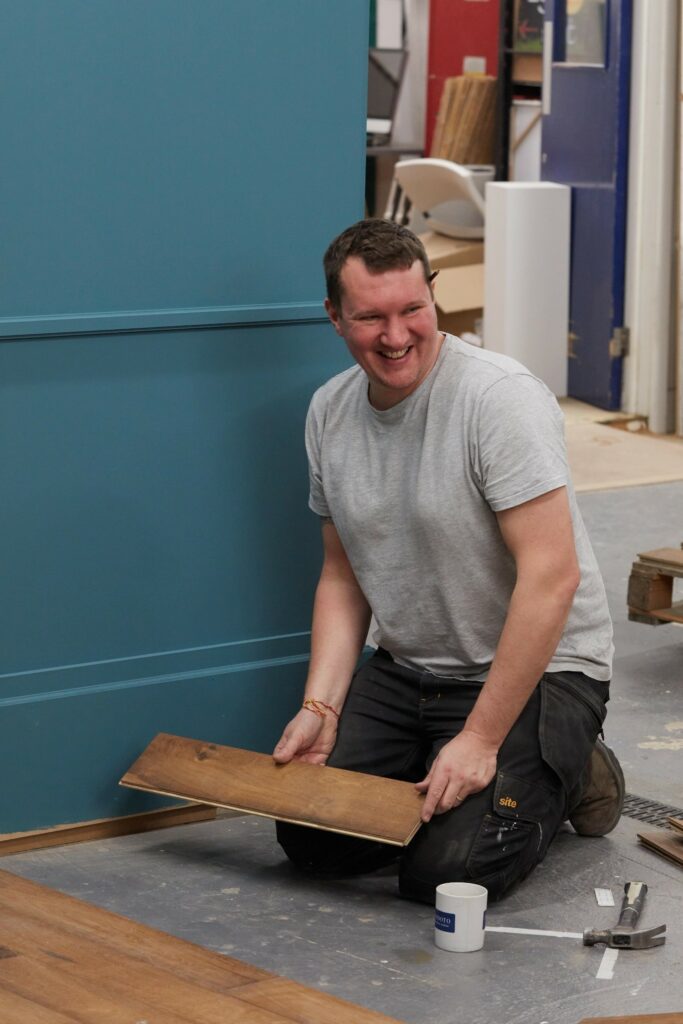
For me, a physical set can’t be beaten when displaying textures. Even with advances in technology, soft furnishings still need to be photographed – the details matter. Further to this, a set allows brands to introduce people into the scene. Use of models can help brands appeal to a specific demographic, whilst making a scene relatable, engaging, and adding interest.
Consider your team’s working style. Creative decisions can be made on a set to bring ideas to life in real time. I love the thrill of a photoshoot; it has never worn off even if I’m not the one behind the camera anymore. Ideas come together during shoots – a combination of planning and sparks of inspiration always produce creative results.
With a photographer snapping away, a large number of shots is easily possible. Changes in style, adjusting props, different angles, and variations on lighting set ups can all be done quickly by an experienced studio team. For brands requiring lots of content, photography can be very cost-effective.

The case for CGI
Technology’s ever-increasing capacity to deliver accurate representations of products with greater control has encouraged many brands to switch to a fully digital production method. There are also hybrid solutions which place a photographed product into a digital scene. CGI is well worth considering for brands new to the technology.
Creating images for products that don’t exist yet is the biggest advantage of CGI. With a CAD (computer-aided design) file, you can produce marketing content before the physical product is out of the factory. Additionally, a CGI artist will be able to change the colours of products to generate different swatches in the final images. For pioneering, trending, and in-demand designs, being quick to market can get you ahead of the competition.
If your brand is pushing boundaries, CGI offers creative options that stretch as far as the imagination. Products can be animated to show functionality, made transparent to highlight mechanisms, or an exploded view can show hidden details. Plus, movements around the product can provide customers with a comprehensive ‘all angles’ display.
In your computer-generated world, the size of a studio is not an issue. Brands can create office spaces, large restaurants, or far stretching views down hallways. This digital scene can be kept on file, meaning new product designs and alterations to the image no longer need a full construction.
Finally, by using technology to fully produce an image, logistics don’t need to be considered. CGI production is likely to be more environmentally friendly because of this, however rendering an image does have a surprisingly big carbon impact.
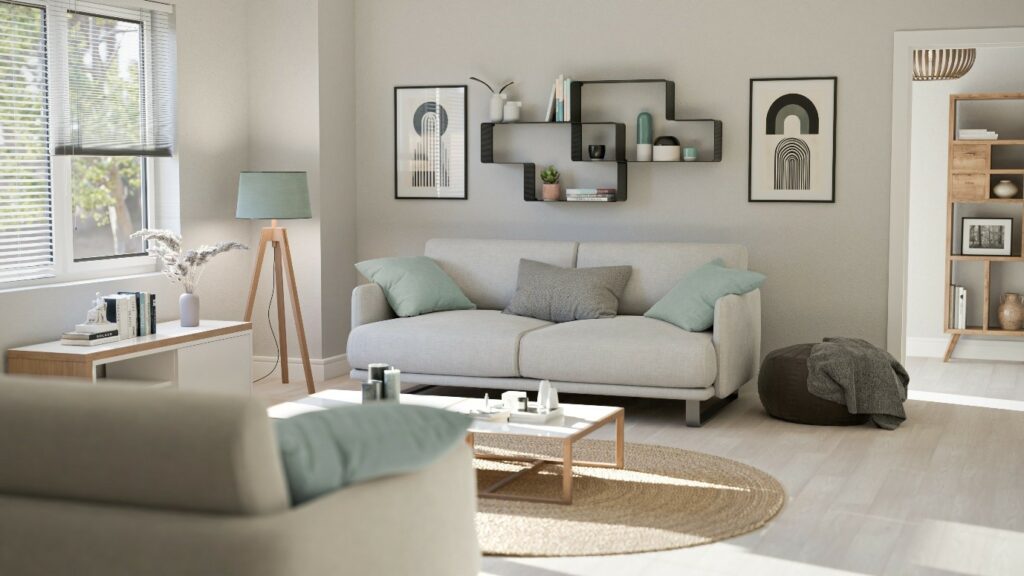
Which production method is best?
Digital methods are becoming more popular, but the merits of building a physical set should not be ignored. Both styles, if executed professionally and creatively, will lead to effective product promotion, and any cost advantages of either approach will depend on your requirements. Writing from a studio that offers both solutions, it’s important to approach projects openly with production partners to consider all options.


